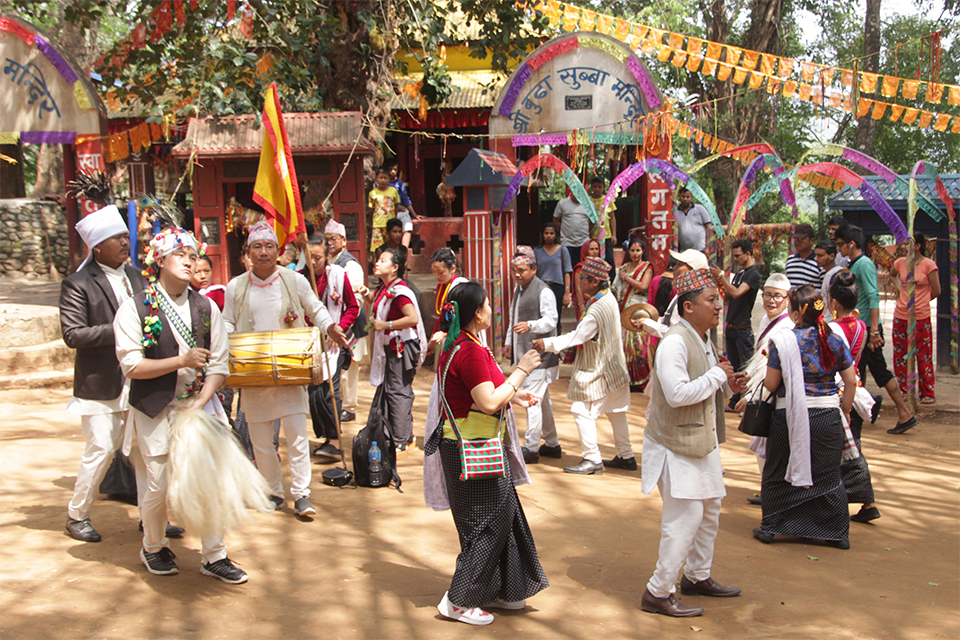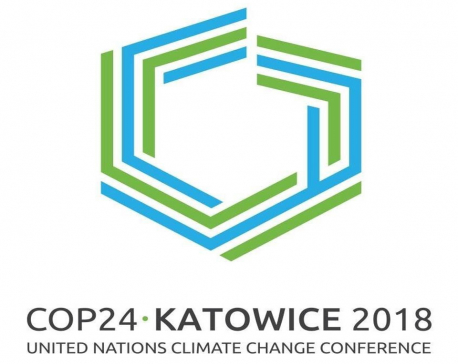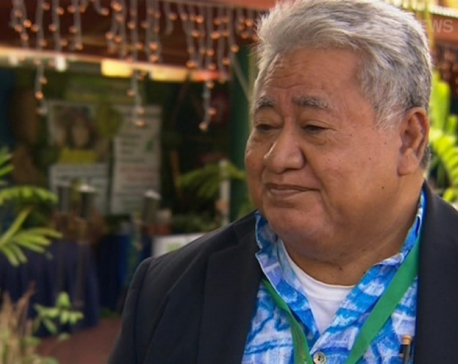
OR
#BLOG
Nature-Based Solutions: Passing Trend or Enduring Paradigm?
Published On: June 11, 2024 09:50 AM NPT By: Anu Rai


Anu Rai
The author is the president of Sustainability and Environmental Studies Endeavor (SENSE)news@myrepublica.com
More from Author
Nature-based solutions have taken over the discourse on environmental conservation and sustainable development signified by resolutions adopted for its adoption in supporting sustainable development. Youths as well are calling for its adoption for addressing climate change. So why is this term gaining traction and what is this term to begin with?
Nature-based solutions (NBS) are a relatively new umbrella term for interventions that restore ecosystems, protect biodiversity while enabling human well-being. Sounds a lot like Indigenous Knowledge (IK) so why was a new term needed?
While NBS and IK both work on the same domains, there are some fundamental differences.
NBS are ways to make the surroundings suitable for humans. While indigenous knowledge revolved around how we can adapt to the environmental conditions. For instance, my community – Kirat celebrates – Ubhauli (migration uphill) and Udhauli (migration downhill) festivals. These festivals are a mark of my ancestors trying to live within the ecological limits of the surrounding. The cyclic migration occurred during two phases – the winter when the migration occurs downhill to the low elevation of Arun Valley for management of scarce resources for cattle. Whereas the migration upstream in summer helps to avoid high temperatures and provides protection from diseases such as malaria. These help in maintaining equilibria with the resources. However, in fostering NBS especially in urban areas such as rooftop farms, we are trying to make the surrounding that we live in suitable for our habitation from the provisioning services of the rooftop farms providing a place for connection with the natural elements.
The other difference comes in the form of adopting the practices. Much indigenous knowledge is developed to fit in a particular context. For instance, my ancestors who practiced this migratory pattern were only suitable because of the area they lived in. The migration would not be necessary if my ethnic group lived in a different environmental setting. And presently, we do not abide by migration as was previously needed but we still keep this in memory by the celebration of cultural festivities surrounding the practice. However, NBS can be applied to different situations and do not have to be place-dependent as long as the solution fits the problem it can be executed.
Besides, the indigenous knowledge systems were developed by early settlers and have been passed down through generations. As noted by an Aboriginal person, “When you listen to us, the Aboriginal people, it isn’t just our knowledge of today; this is the knowledge of our ancestors.” However, NBS is developed by scientists, researchers and applied by practitioners.
NBS serves to mitigate and adapt to climate change as it deals with decreasing emissions related to deforestation and land use, capturing, and storing carbon, and enhancing resilience to adapt to climatic hazards. These can range from small to large scale and are flexible and customizable that have co-benefits for both nature and humans. Take for instance the problem of urban flooding. We tend to think of it as requiring large scale action which is way beyond an individual’s contribution, however, NBS in the form of rain garden or bioswales, which are planted depression installed even at household scale, can greatly alleviate this issue.
But there is also a growing contention towards NBS as a greenwashing tool that does not address the root cause of climate change, as many view it as a form of nature commodification. In essence, these solutions create carbon and biodiversity offset mechanisms, which could enable business as usual under the pretense of climate action.
Likewise, concerns of biopiracy of NBS have also been raised in that most NBS literature does not discuss IK or their contributions. This could possibly usher in a new era of biopiracy.
Indigenous people while only comprising 6% of the global population safeguard 80% of the world’s remaining biodiversity. IK protects nature as a way of life. Hence, there is a need to recognize the role of indigenous knowledge in NBS to avoid a new wave of biopiracy. NBS is an evolving term, and it is up to us to structure and mold it in a community centered discourse. Using NBS as a way that promotes the value of nature while solving our socio-environmental issues should be the way forward. Considering the applicability of co-generation of benefits by the intermingling of NBS and IK in conservation, water management, sustainable development among others, the evolution of the two principles is worth exploring.
My team, Wetlands for Nepal, has been engaged in overlapping these two principles. We are applying various nature-based solutions for restoration of wetlands. Previously, there used to be an indigenous practice of collecting sediments from Nagdahato be used in farms which provided rich nutrients to the farms nearby while also curbing sedimentation in the wetland. But the practice has since vanished and with growing urbanization the problem has exacerbated. Our group has worked in constructing a sediment retention pond to capture the nutrients and sediments before it enters the lake. Once the process is complete, we want to initiate the age-old practice of collecting sediments from the retention pond allowing for a safer and easier way of collecting sediments and providing due recognition of the practices of the indigenous communities. As both a researcher and a practitioner of NBS, I believe NBS has a potential of enduring paradigm, but it needs support and should be molded in a community centered discourse.
You May Like This

Nepal to hold int'l debate on climate change by August
KATHMANDU, April 18: The government is preparing to host a dialogue on climate change issues by July as a part of... Read More...

Climate talks shift to nitty-gritty details of Paris accord
KATOWICE, Dec 4: Negotiators gathered for the U.N. climate talks in Poland are getting down to the nitty-gritty part of... Read More...

Climate change sceptics 'utterly stupid', Samoa's Prime Minister says
SAMOA, Aug 31: Samoa's Prime Minister Tuilaepa Sailele Malielegaoi has hit out at climate change skeptics and says developed countries... Read More...










Just In
- NRB introduces cautiously flexible measures to address ongoing slowdown in various economic sectors
- Forced Covid-19 cremations: is it too late for redemption?
- NRB to provide collateral-free loans to foreign employment seekers
- NEB to publish Grade 12 results next week
- Body handover begins; Relatives remain dissatisfied with insurance, compensation amount
- NC defers its plan to join Koshi govt
- NRB to review microfinance loan interest rate
- 134 dead in floods and landslides since onset of monsoon this year








Leave A Comment